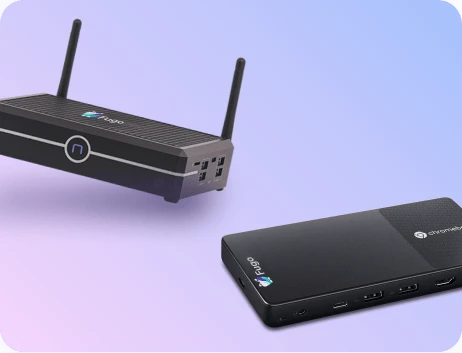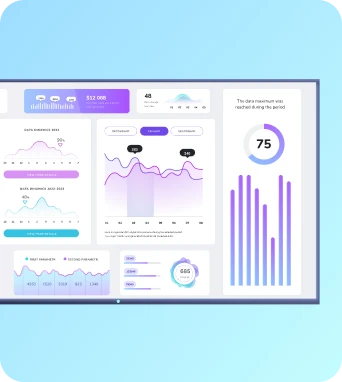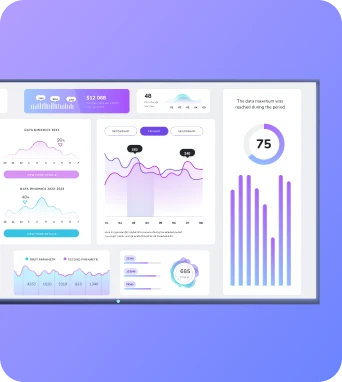Biometric access displays
Biometric access displays are digital screens paired with biometric sensors (fingerprint, facial, iris or palm recognition) that verify identity at entry points, show access outcomes and compliance messages, and feed status to networked TV dashboards. They help centralise access control information and link with signage platforms like Fugo for automated alerts and rules.
Biometric access displays
How biometric access displays work in a signage network
A biometric access display is typically composed of a capture device (camera or sensor), processing unit and a display panel. The sensor performs biometric capture—facial image, fingerprint or iris scan—which is matched against an authorised template stored locally or in a central identity service. The result of this authentication request, whether allowed, denied or flagged for review, is then conveyed instantly on the attached screen. That visual feedback can include simple status icons and text, step-by-step instructions for the user, or richer content such as safety prompts, directional wayfinding or logged event details intended for security operators. Where the capture device is networked, it also emits events to access control systems and signage platforms, enabling coordinated responses across the estate. Integration with a signage platform like Fugo typically uses APIs or webhooks to relay authentication outcomes and trigger content rules. For example, a successful scan can prompt a welcome message on the display and update a central dashboard with user arrival times; a denied attempt can immediately switch the screen to an alert layout, notify security staff and record the incident with timestamped metadata. Centralised content management allows operators to version messages, apply compliance overlays and schedule context-aware content—such as different instructions outside of business hours—without touching the device. This separation between identity logic and content presentation simplifies maintenance, supports staged rollouts, and makes it straightforward to apply consistent templates across multiple sites.
Privacy, security and compliance considerations
Deploying biometric access displays requires careful attention to privacy law, data protection and system security. Biometric data is sensitive personal data under many jurisdictions and must be collected, stored and processed only with a lawful basis, typically explicit consent or contractual necessity. Organisations should minimise retained data, prefer hashed templates or tokenised representations over raw biometric images, and adopt retention policies that meet regulatory requirements. Transparent signage and user communications at capture points are essential, as are opt-out procedures and alternative access methods to accommodate those who decline biometric processing. On the technical side, secure transmission, encryption at rest and strict access controls limit exposure. Devices should run hardened software, receive signed firmware updates and be isolated on segmented network zones with firewalls and monitoring to prevent lateral movement. Integration points—APIs, cloud services and identity providers—must enforce strong authentication, logging and rate-limiting. Operators should perform privacy impact assessments and consult legal counsel where necessary, and maintain incident response plans that include notification processes. For signage network managers, linking biometric events to TV dashboards must be done with care to avoid displaying sensitive identifiers; design content templates to present only necessary, non-identifying status while detailed logs remain accessible only to authorised administrators.
Operational best practices and common use cases
Keep the learning going...
Bezel-less displays
A display design that minimizes or eliminates the visible frame (bezel) around the screen to maximize active viewing area.
Big data for signage
Using large-scale data collection and analytics to optimize digital signage content, placement, scheduling, targeting, and performance measurement.
Biometric analytics for signage
Biometric analytics for signage applies sensors and software to capture anonymised physical and behavioural cues—such as gaze direction, estimated age range, gender probability and dwell time—from viewers of digital signage and TV dashboards to measure attention, optimise content relevance and report audience engagement without storing identifiable biometric templates.



